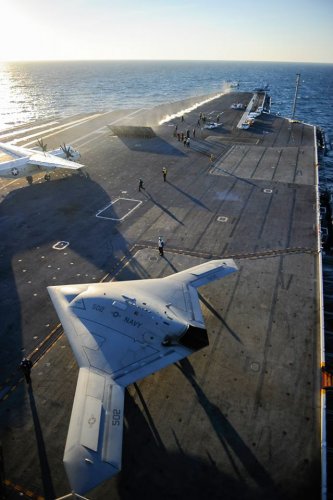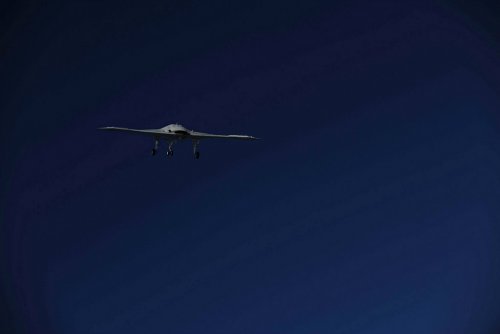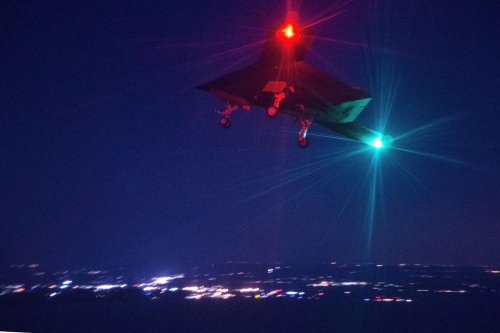Northrop Grumman partnered with Wind River to deliver the software platform for the U.S. Navy's X-47B Unmanned Combat Air System demonstration aircraft. Tighe Parmenter, manager of X-47B Navy UCAS business strategy and development, discusses how they relied on Wind River and the X-47B Joint Industry Team (JIT) to deliver this system.
Wind River's VxWorks real-time operating system (RTOS) is a key technology for the Northrop Grumman X-47B. VxWorks was chosen by Northrop Grumman as the software platform for the UCAS-D program and by GE Aviation as the foundation for the Common Core System, the backbone of UCAS-D computers, networks, and interfacing electronics. VxWorks provides the primary computing environment.







